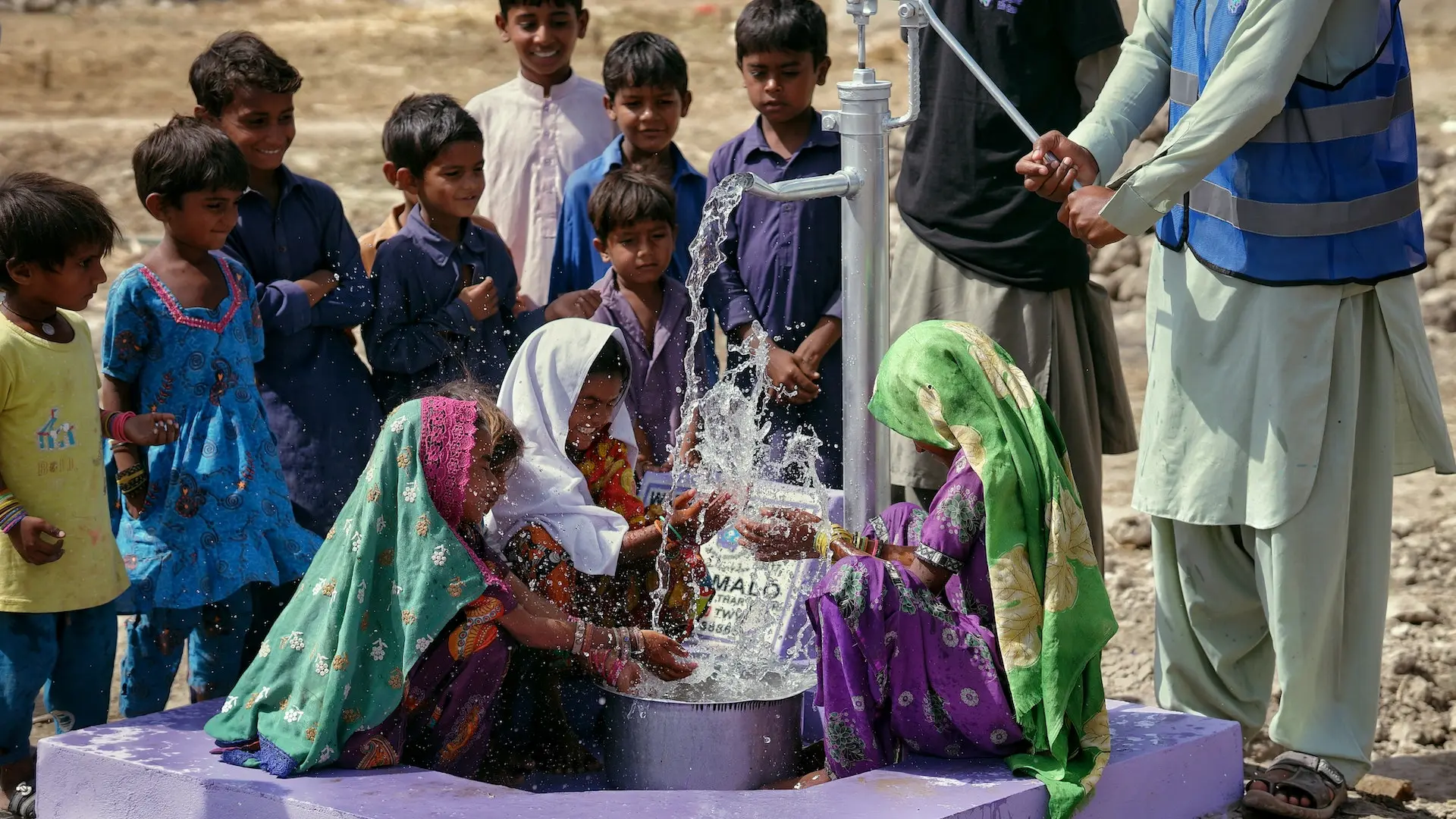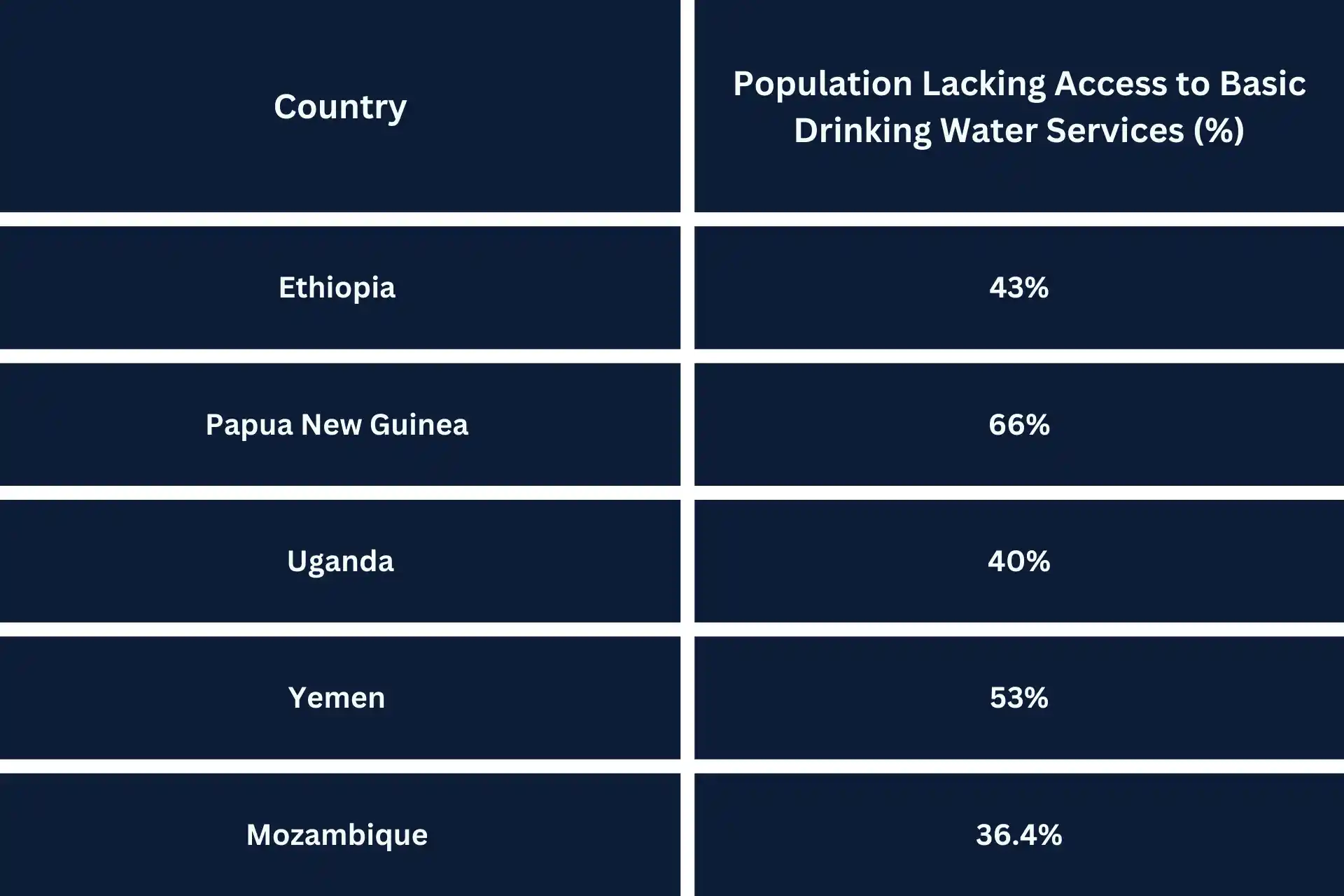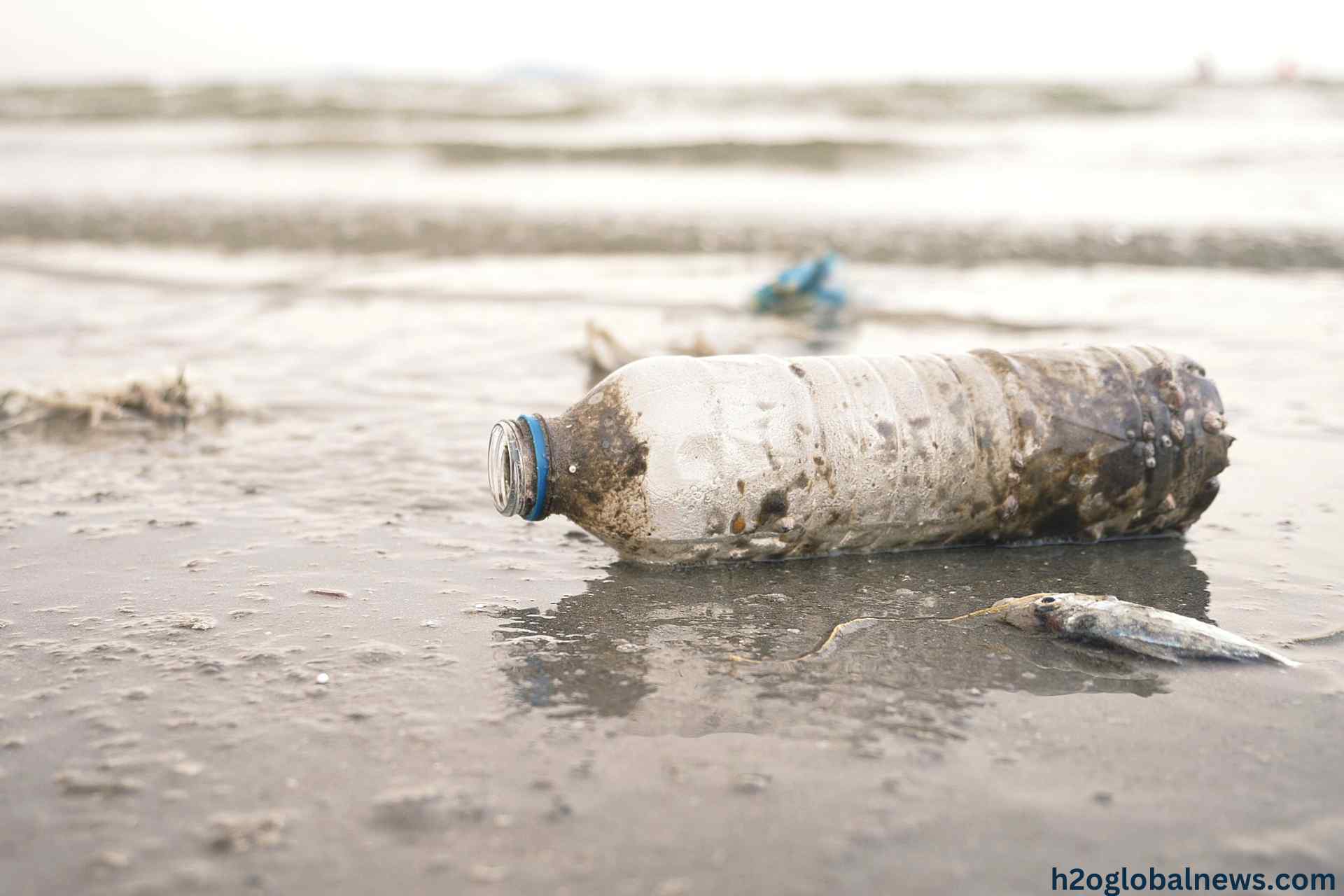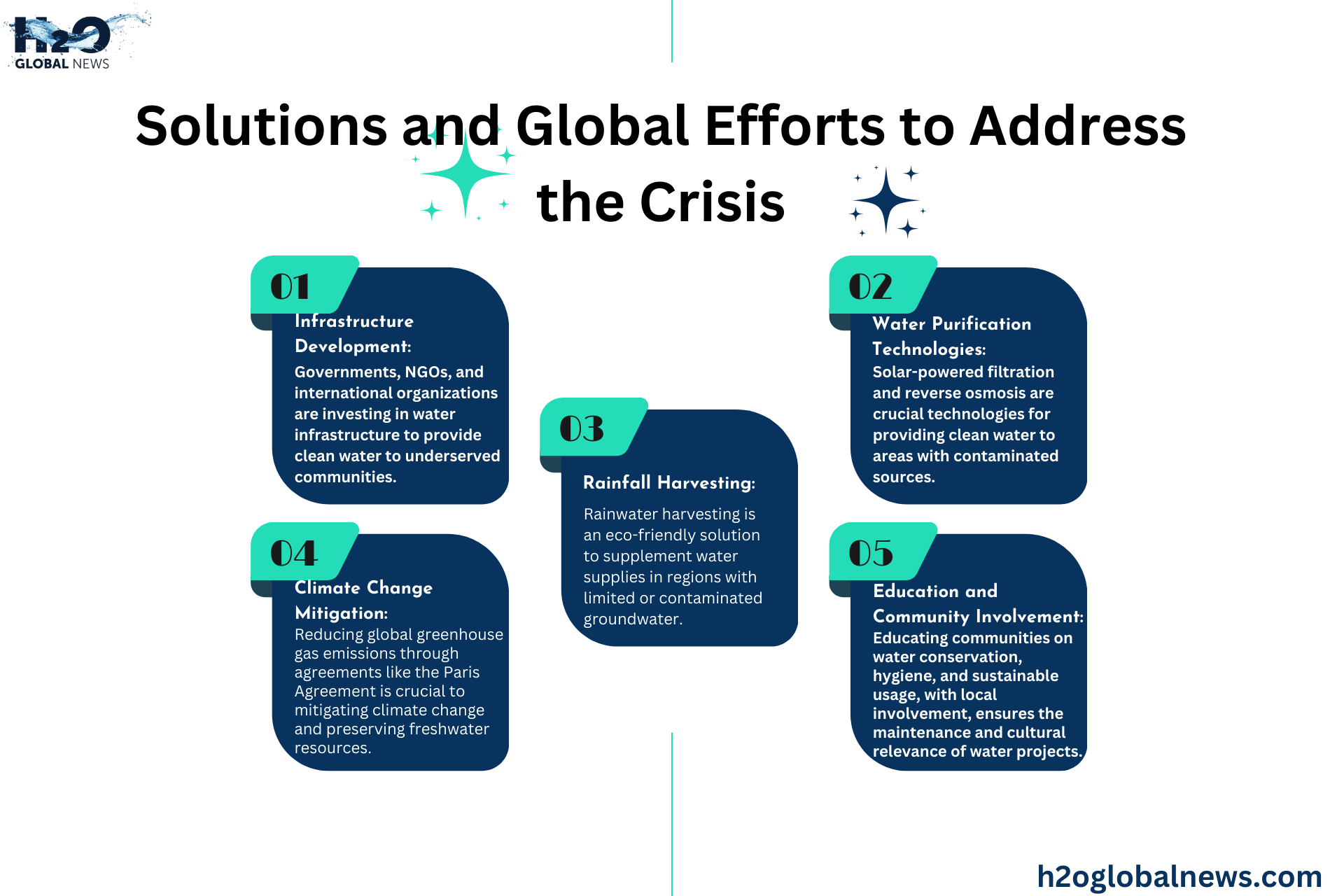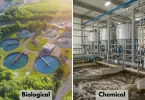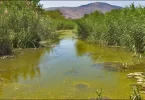As you go about your day, performing mundane tasks like brushing your teeth or taking a shower, it’s easy to take access to clean water for granted. However, for nearly 800 million people worldwide, obtaining water is a daily struggle. According to the WHO and UNICEF, 1 in 10 people worldwide lack access to safe water. The water crisis disproportionately impacts developing countries in Africa and Asia, where water must be physically collected and sometimes requires traveling long distances.
The following list highlights the countries with water scarcity based on WHO/UNICEF Joint Monitoring Program report data. Understanding these countries’ challenges can help raise awareness of this critical issue and spur action to improve lives with such a basic human necessity. The global water crisis requires collective efforts through policy changes, technological innovations, and worldwide cooperation. Together, we can work to provide clean water and sanitation for all.
Ethiopia: Accessing Safe Drinking Water Remains a Challenge
Due to a water shortage, access to safe drinking water remains challenging for many Ethiopians. Only around 11% of people presently have sufficient sanitation facilities, and only approximately 42% have a clean and dependable water supply. Rural populations fare worse, with only 47% having access. Ethiopia has a high population density, especially in rural highland areas, putting a strain on available water resources.
Ethiopia’s water crisis stems from a combination of factors:
- Insufficient infrastructure. Ethiopia lacks the infrastructure to supply water to its large, dispersed population. Drilling wells and building pipelines require resources and technical skills that are lacking.
- Poverty and lack of investment. Ethiopia is a poor country and has not historically invested heavily in water and sanitation. Although conditions have improved, more investment is needed.
- Effects of drought and climate change. Ethiopia experiences periodic droughts that deplete water resources and crops. Climate change is projected to intensify droughts, further stressing water supplies.
- Lack of education. Many Ethiopians lack knowledge about water safety and hygiene. Education campaigns are needed to teach best practices for handling, treating, and storing water to prevent disease.
- Growing population. Ethiopia’s population of over 100 million is proliferating. Meeting the water needs of a larger population will require scaling up existing efforts.
Papua New Guinea: Limited Access to Clean Water and Sanitation
Access to clean water and basic sanitation remains challenging for many in Papua New Guinea. According to Water.org, only 40% of the population has access to safe water and 18% to adequate sanitation.
Papua New Guinea’s mountainous terrain and thick rainforests make developing infrastructure difficult. Most of the population lives in rural areas, far from urban centers. Lack of access disproportionately impacts marginalized groups like women, who spend hours each day fetching water, and children, who suffer from waterborne illnesses and stunted growth.
Limited Government Funding and Foreign Aid
The government struggles to fund water and sanitation projects due to limited resources and funds. It relies heavily on foreign aid but still faces a $1.5 billion funding gap to achieve universal access by 2030 in line with UN Sustainable Development Goals. More investment and innovative solutions are urgently needed.
Inadequate Infrastructure
The existing infrastructure is poorly maintained and unable to keep up with population growth. Many wells and pumps are nonfunctional; only 15% of the rural population has piped water access. New infrastructure and alternative solutions like rainwater harvesting, water filters, and composting toilets are needed.
Water Pollution and Waterborne Diseases
Pollution from mining, agriculture, and improper waste disposal contaminates water sources. This, combined with a lack of sanitation, spreads diseases like diarrhea, dysentery, and cholera, significantly impacting children under age five. Approximately 60% of Papua New Guinean children suffer from diarrhea caused by unsafe water and poor sanitation.
By having political will, making targeted investments, and implementing innovative solutions, we can expand access to this basic necessity and benefit communities across Papua New Guinea. Clean water and sanitation are fundamental for health, education, and economic prosperity. The time for action is now.
Uganda: Water Scarcity and Pollution Threaten Public Health
Uganda faces severe water scarcity and pollution, which threaten public health. Nearly one-third of the country’s population lacks access to clean water.
Limited Access to Safe Water
81% of the population requires access to safe water. Rural areas are particularly affected, with only 60% coverage. Most rely on unimproved water sources like rivers, streams, and ponds. Contaminated water leads to diseases such as cholera, dysentery, and typhoid.
Water Pollution
Industrial and agricultural pollution has contaminated many of Uganda’s water sources. Raw sewage and agricultural runoff with pesticides and fertilizers pollute rivers and lakes. Pollution is largely unregulated, as Uganda lacks sufficient wastewater treatment infrastructure and enforces existing regulations poorly.
The Human Impact
Limited access to clean water and sanitation facilities severely threatens public health in Uganda. Contaminated water and poor sanitation account for over 60% of hospital visits. Diarrheal diseases from contaminated water are a leading cause of death in children under 5. Women and children bear the burden of fetching water from distant sources, spending hours each day on this physically taxing task.
Universal access to safe water and sanitation in Uganda remains an immense challenge that requires political will and funding. Nonprofits work to drill boreholes, build rainwater harvesting systems, and improve water treatment and sanitation. However, more significant infrastructure investment and enforcement of policies to curb pollution are urgently needed to ensure all Ugandans can enjoy their fundamental right to water. Overall, access to water in Uganda depends on improving the availability of safe water and reducing contamination of existing sources. With political commitment and investment, solvable solutions can help secure water for Uganda’s poorest communities.
Yemen: Ongoing Conflict Has Disrupted Water Access
Yemen is currently experiencing an ongoing humanitarian crisis due to violent conflict, leaving much of the population without access to necessities like clean water. The reasons for the water shortage in Yemen are as follows:
Infrastructure Damage
Years of bombing and shelling have severely damaged critical infrastructure across Yemen. Water treatment plants, pumping stations, and pipe networks have been destroyed or damaged in many areas. This has disrupted access to piped water for millions of Yemenis, forcing them to find alternative and often unsafe sources, like unprotected wells, to meet their daily needs.
The capital, Sana’a, along with other significant cities like Aden and Taiz, have experienced damage to their water and sanitation systems, cutting off regular access to potable water for most residents. In rural areas, the lack of fuel and electricity has made it difficult to pump and transport groundwater, leaving communities completely dry during specific periods.
Disease Outbreak
The damage to water and sanitation infrastructure, combined with poor hygiene conditions, has led to deadly disease outbreaks across Yemen, like cholera, diphtheria, and dengue fever. There have been over 2 million suspected cholera cases reported in Yemen since 2016, representing the worst cholera outbreak in recent history. Lack of access to clean water and proper sanitation has been the main driver of this health crisis.
Humanitarian Aid
International organizations like UNICEF, the Red Cross, and Oxfam have provided humanitarian aid to improve water access across Yemen, including the rehabilitation of water systems, water trucking, and hygiene promotion campaigns. However, the scale of the crisis far outweighs the current aid response. We desperately need to put an end to the ongoing conflict in Yemen so that we can begin repairing infrastructure, ensuring the safe delivery of aid, and restoring access to this most basic of human needs for the people of Yemen.
Mozambique: Cyclones and Droughts Exacerbate Water Shortages
Due to frequent natural disasters and lack of infrastructure, Mozambique faces severe water shortages. Nearly 60% of Mozambicans lack access to clean water. Cyclones and droughts ravage the country, damaging water systems and crops.
Cyclones
Mozambique experiences tropical cyclones that cause deadly flooding, leaving many without access to water. Recurrent droughts and frequent cyclones, like Cyclone Freddy in 2023, exacerbate water shortages and harm vital infrastructure. Rebuilding water infrastructure after a cyclone can take years due to a lack of funding and resources.
Droughts
Periods of drought alternate between cyclones in Mozambique, drying up lakes, rivers, and wells. The 2015-2016 El Niño drought left over 1.5 million people needing food aid. Droughts reduce access to water for drinking, sanitation, and agriculture. Hydroelectric dams cannot generate power without rain, limiting access to pumped and purified water.
Lack of Infrastructure
Only about 50% of Mozambicans have access to essential water and sanitation services. Most rely on unimproved water sources like rivers, ponds, and unprotected wells. Limited access to water, especially in rural areas, leads to increased diseases like cholera, diarrhea, and malaria.
To improve water security, Mozambique needs investments in water infrastructure that is resilient to natural disasters and improvements in water resource management and distribution. Additional wells, rainwater harvesting systems, water treatment plants, and dams could provide Mozambicans with a reliable source of clean water even after a cyclone or during drought. With climate change projected to increase the frequency and intensity of cyclones and droughts, improving access to water in Mozambique is crucial.
What Percent of Water in the World is Drinkable?
One crucial factor in understanding the global water crisis is realizing how little fresh water is available for human use. Approximately 71% of the Earth’s surface is covered in water, but about 97% is salt water in oceans. Of the remaining 3%, most are locked in glaciers and polar ice caps, leaving just 0.5% accessible as fresh, drinkable water. Thus, when people ask what percentage of water in the world is drinkable, the answer is minimal, underscoring the need for conservation and sustainable water management.
Solutions and Global Efforts to Address the Crisis
A multifaceted approach is necessary to address the global water crisis. The following tactics are being used globally to enhance water quality and accessibility:
- Infrastructure Development: Constructing and maintaining water infrastructure is essential. To help supply clean water to neglected communities, governments, non-governmental organizations, and international organizations are investing in water purification systems, pipelines, and well drilling.
- Water Purification Technologies: Thanks to cutting-edge techniques like solar-powered filtration and reverse osmosis, areas with contaminated sources can receive clean water. Investment in these technologies is essential for nations without access to clean water.
- Rainfall Harvesting: In regions with limited or contaminated groundwater, rainfall harvesting is an environmentally friendly method of augmenting water supplies.
- Climate Change Mitigation: Reducing global greenhouse gas emissions is essential to mitigating climate change impacts on water resources. International agreements like the Paris Agreement aim to curb global warming, which is essential to preserving freshwater sources.
- Education and Community Involvement: Educating communities about water conservation, hygiene, and sustainable usage is vital. Local community involvement ensures that water projects are maintained and culturally appropriate.
Conclusion
As you have seen, many countries still struggle with a lack of access to clean water and basic sanitation for their citizens. The challenges are enormous, but so are the opportunities. By supporting organizations working to provide access in underserved areas, advocating with political leaders, and making personal choices to reduce water waste, each of us can play a role in helping to solve the global water crisis. Together, we have the power to change lives by bringing the basic necessity of water to those who need it most. Though the statistics are grim, every step toward a solution moves us closer to a world where everyone enjoys their fundamental right to safe, clean water. The time for action is now.
FAQs
1- What are some countries without fresh water access?
Countries facing severe freshwater shortages include:
- Egypt – Dependent on the Nile but faces water stress.
- Yemen – Struggling with depleting water sources.
- Jordan – Highly water-scarce, reliant on neighbors.
- Saudi Arabia – Largely desert, dependent on desalination.
- Libya – Limited freshwater, relying on underground aquifers.
2- What countries have the least drinking water in Africa?
In Africa, countries with the least drinking water include:
- Ethiopia – Water scarcity in many rural areas.
- Somalia – Affected by droughts and limited access.
- Chad – Severe water shortages due to desertification.
- South Sudan – Limited access, especially in conflict areas.
- Niger – Arid regions with few freshwater resources.



